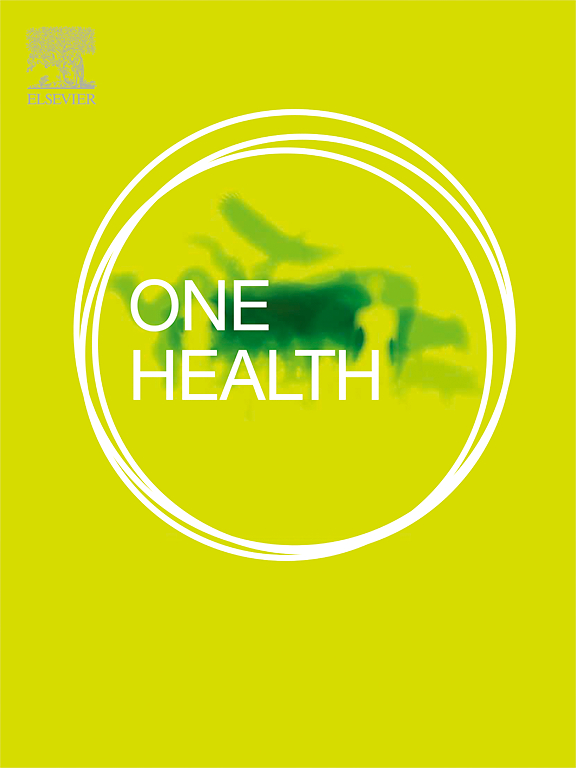Subtle genomic differences in Klebsiella pneumoniae sensu stricto isolates indicate host adaptation
IF 4.1
2区 医学
Q1 INFECTIOUS DISEASES
引用次数: 0
Abstract
Klebsiella pneumoniae sensu stricto (KpI) is an opportunistic pathogen capable of residing as a commensal in both human and bovine intestinal tracts and can cause serious systemic infections in humans and severe clinical mastitis in dairy cattle. It is unclear what role zoonotic and anthroponotic transmission play in the dissemination of KpI. In this study, we use a comparative genomic approach to identify differences between KpI associated with disease in humans and cattle and aimed to identify any potential genetic barriers limiting transmission of KpI between these two hosts. A total of 128 KpI strains (bovine n = 65; human n = 63) were whole genome sequenced and human and bovine strains were compared based on phylogenomics, the pangenome, mobile genetic elements, and differential gene abundance. No obvious phylogenomic differentiation was observed between isolates from these hosts. However, subtle genetic differences exist between bovine and human KpI which likely reflect environmental adaptation to different host niches, including a higher representation of gene clusters encoding ferric citrate uptake transporters, as well as histidine, arginine, and lactose utilization pathways in bovine isolates. These gene clusters may be positively selected due to the unique metabolic environment of the mammary gland, where lactose, citrate-bound iron, and amino acids like histidine and arginine provide growth advantages for KpI during mastitis. Overall, our study identified no obvious genetic barriers to zoonotic transmission of KpI within the dairy environment and provides insight into the development of host-specific therapeutic options for KpI infections in humans and bovine.
求助全文
约1分钟内获得全文
求助全文
来源期刊

One Health
Medicine-Infectious Diseases
CiteScore
8.10
自引率
4.00%
发文量
95
审稿时长
18 weeks
期刊介绍:
One Health - a Gold Open Access journal.
The mission of One Health is to provide a platform for rapid communication of high quality scientific knowledge on inter- and intra-species pathogen transmission, bringing together leading experts in virology, bacteriology, parasitology, mycology, vectors and vector-borne diseases, tropical health, veterinary sciences, pathology, immunology, food safety, mathematical modelling, epidemiology, public health research and emergency preparedness. As a Gold Open Access journal, a fee is payable on acceptance of the paper. Please see the Guide for Authors for more information.
Submissions to the following categories are welcome:
Virology,
Bacteriology,
Parasitology,
Mycology,
Vectors and vector-borne diseases,
Co-infections and co-morbidities,
Disease spatial surveillance,
Modelling,
Tropical Health,
Discovery,
Ecosystem Health,
Public Health.
 求助内容:
求助内容: 应助结果提醒方式:
应助结果提醒方式:


